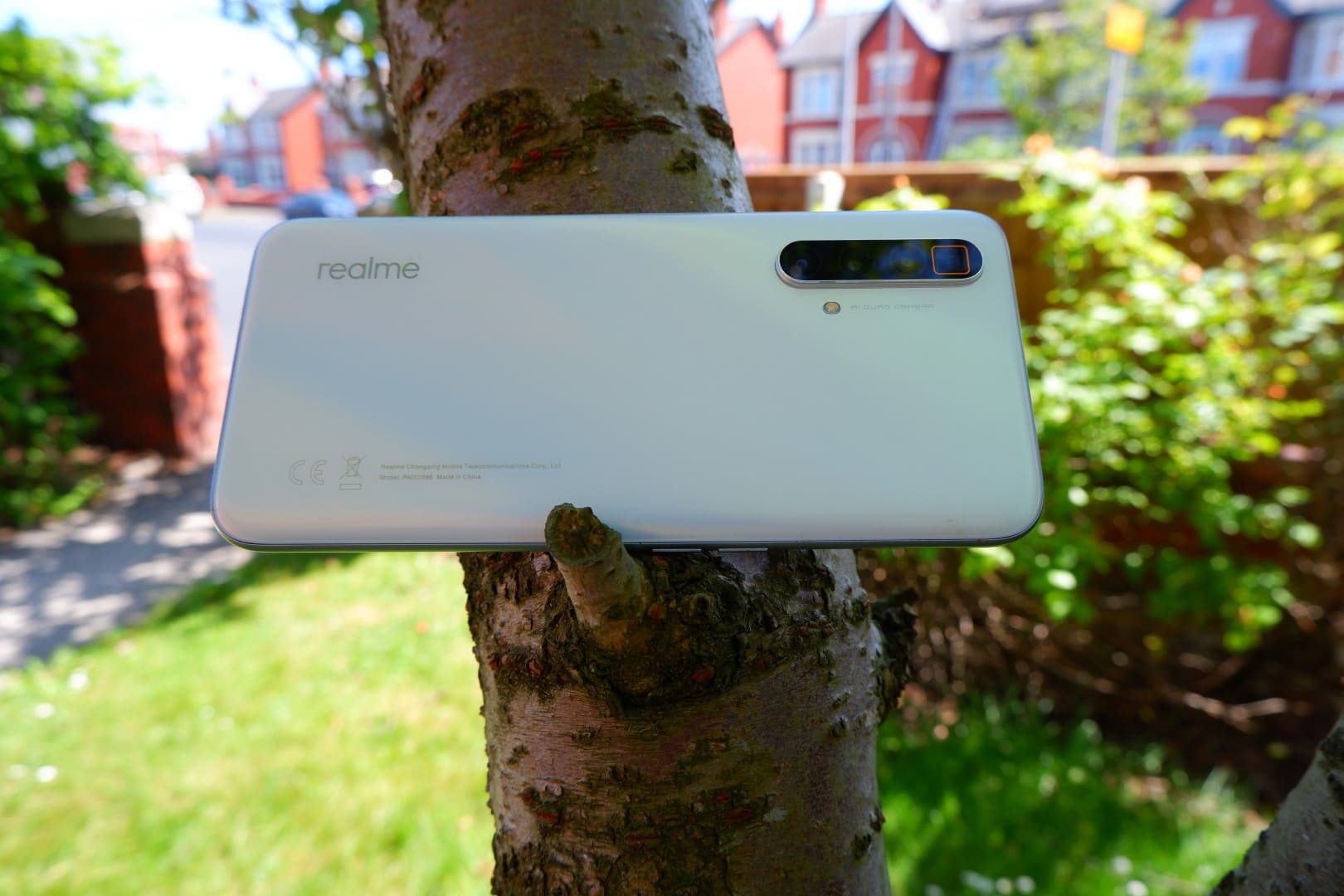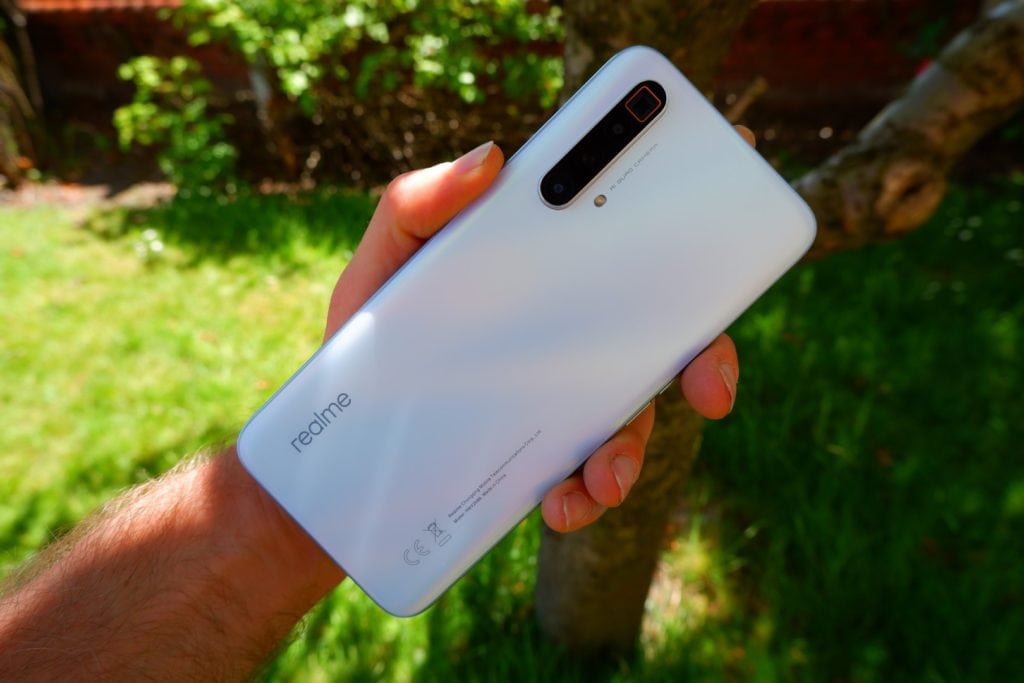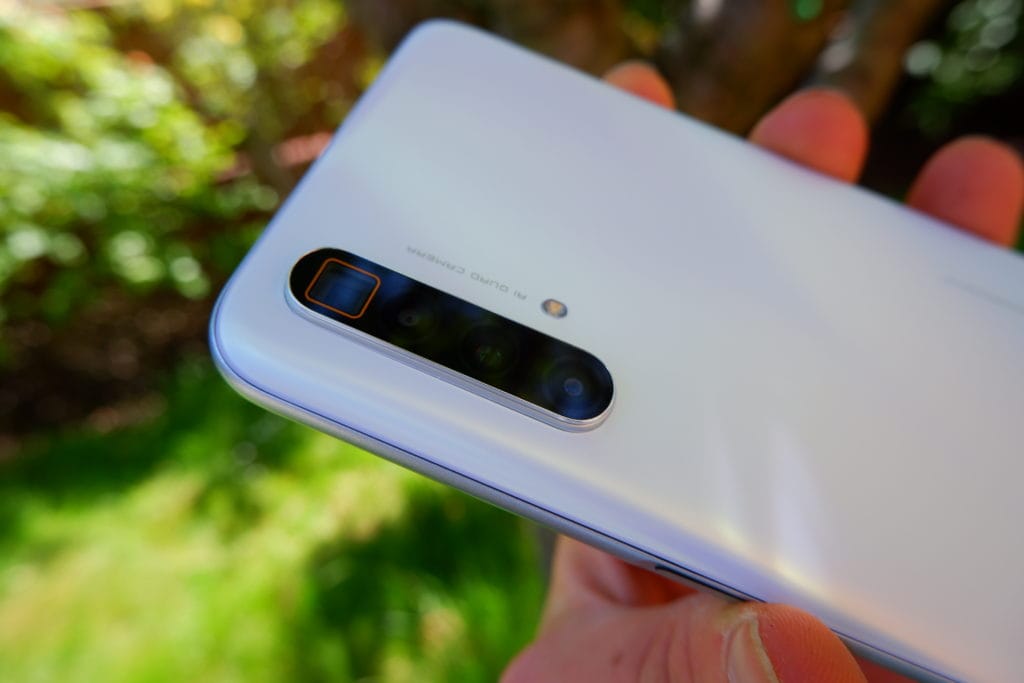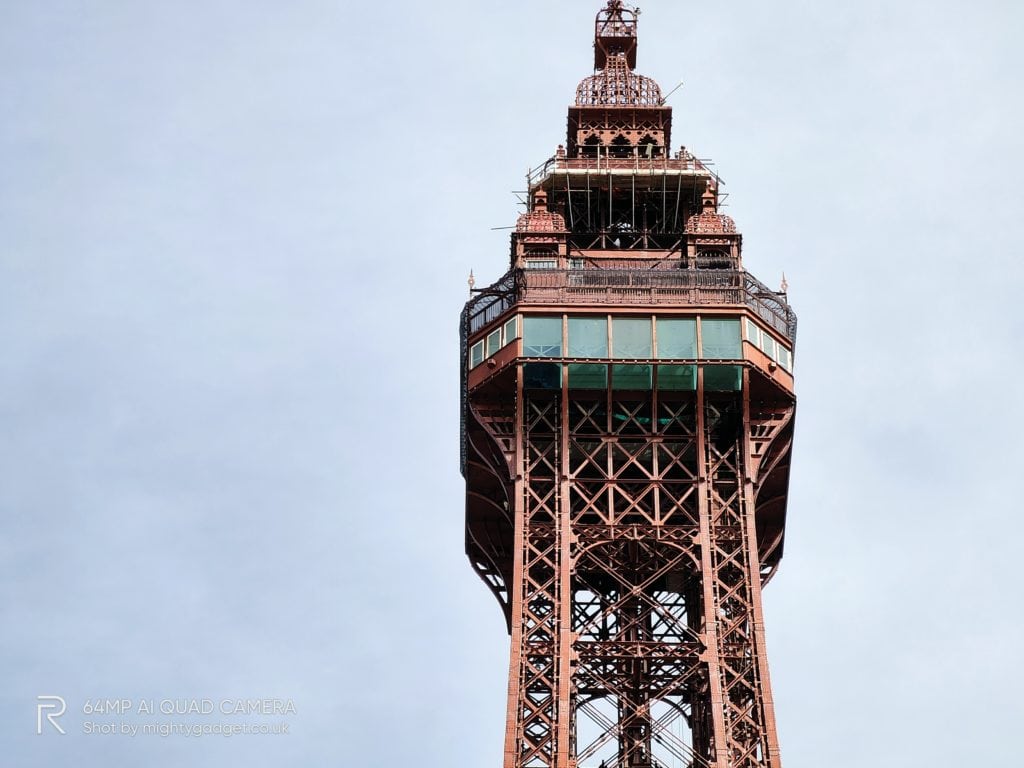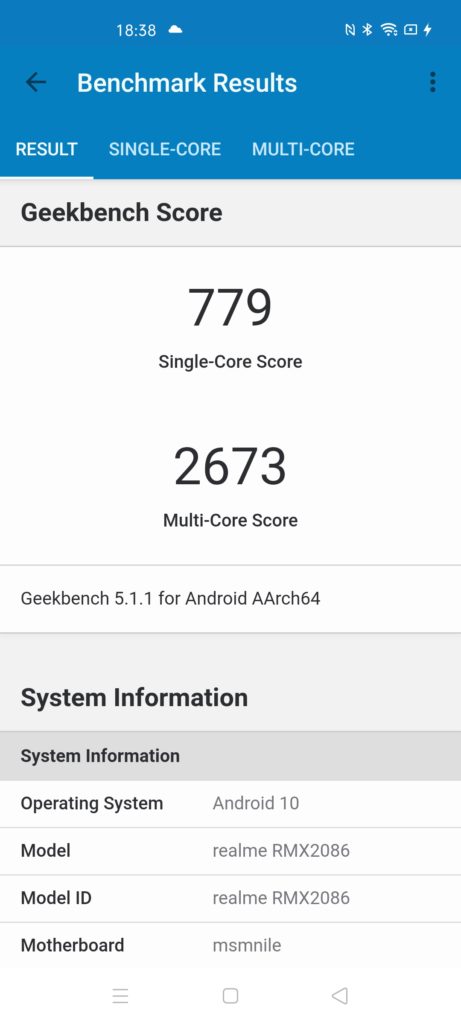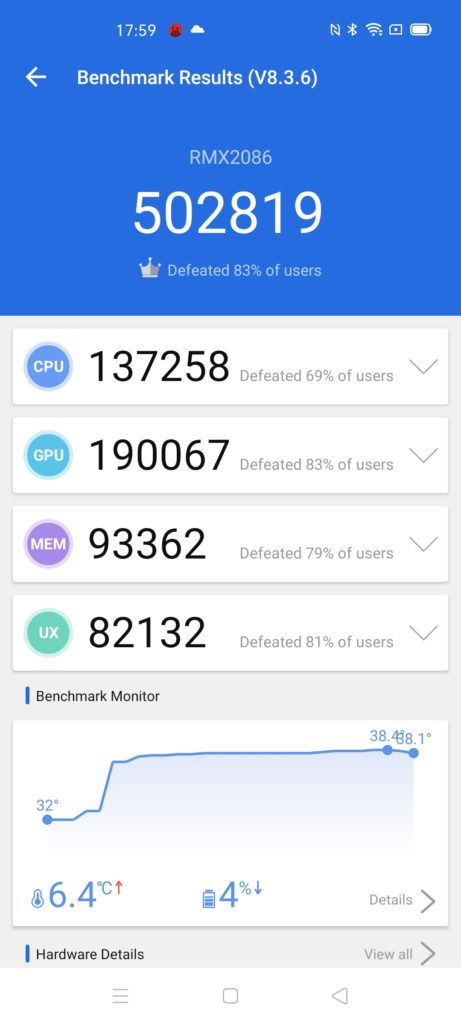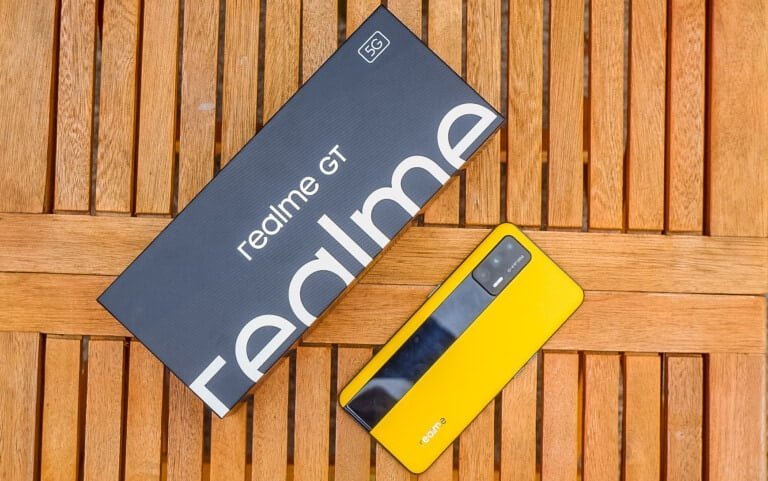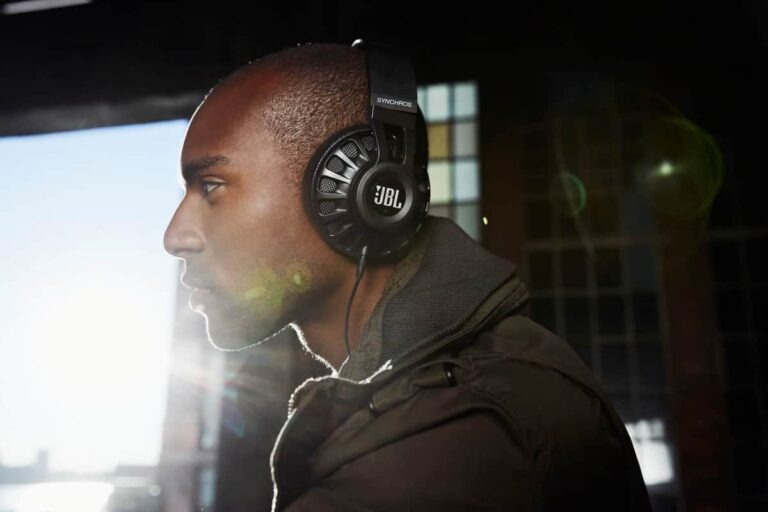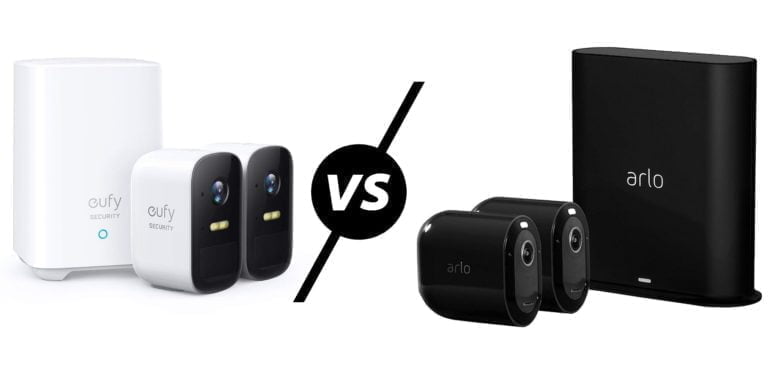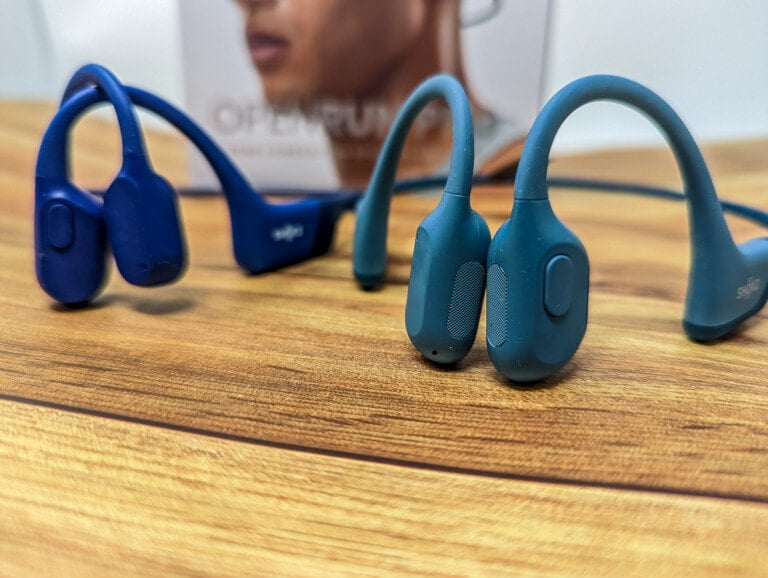Any links to online stores should be assumed to be affiliates. The company or PR agency provides all or most review samples. They have no control over my content, and I provide my honest opinion.
Realme have quickly become a significant player in the mobile market, and they are aggressively expanding with a quick succession phone launches at multiple prices points which are all extremely affordable for their segment.
The Realme X3 Superzoom is the latest launch which I have been using for the past week. At the time of writing, I am only aware of this model and the standard X3. I would expect sometime in the future a Pro model will get launched, perhaps combining the super zoom features of this with an AMOLED panel and an SD865 chipset.
Most of my reviews have an emphasis on cost vs performance, however, I will only find out the price of this during the launch event. I will assume it costs more than the current X2 Pro, while still be quite affordable, and considerably less than the flagship 5G Realme X50 Pro.
Recent rumours suggested €499 which would make it €100 cheaper than the X50 Pro and €80 more than the X2 Pro.
Specification
- Chipset: Qualcomm Snapdragon 855+
- Display: 6.6 inches 1080 x 2400 pixels IPS 120Hz
- Rear Camera: 64MP / 8MP 5x optical / 8MP ultra wide/ 2MP depth sensor
- Front Camera: 32MP / 8MP Ultra wide
- RAM: 12GB (smaller options may be available)
- Storage: 256GB UFS 3.0 (smaller options maybe available)
- Battery: 4200 mAh battery with 30W Dart Flash Charge. No wireless charging
- Other: NFC, no 3.5mm headphone jack
Realme X3 Superzoom vs X2 Pro vs X50 Pro

The Realme X3 Superzoom is a sort of mish-mash of the best phones from Realme. You get the same basic spec as the Realme X2 Pro, but it swaps out the display switching from a 90Hz AMOLED panel to a 6.6 inch 120Hz IPS display. This makes the X3 Zoom the largest of the three high-end options from the current line up.
With this switching to an IPS display the fingerprint scanner is now located on the side mimicking the Realme 6 range.
The camera specification remains identical in all part but the previous 2x optical zoom 13 MP lens is now a 5x zoom 8MP periscope lens.
For the selfies, you have the same spec as the flagship X50 Pro with the overall design matching this model too.
Strangely, Realme have downgraded the charger, so you now get a 30W Dart Flash Charge vs 50W in the X2 Pro and 65W in the X50 Pro.
To the best of my knowledge, this is not technically a successor to the X2 Pro but in fact an upgrade from the X2. So while the above specs may not seem that great in comparison to the Pro model, you are getting a massive upgrade vs the X2.
Design & Build
The phone itself is attractive but generic. It is well made, my sample came with a pearl white colour (Arctic White) compared to more shiny white of the X2 Pro.
I am not sure why, but with the launch of the X20 Pro, Realme did not use any of the ugly CE markings, but the X50 Pro, and this X3 now have them. It is not a massive issue, the silver lettering on the white background makes it less visible, but it does ruin the aesthetic a little.
There is a significant camera bump, but this should flatten out with a case, disappointingly there is no 3.5mm headphone jack. Admittedly I haven’t used wired headphones in years, but I can appreciate why they are in demand on more affordable phones.
Waterproofing / IP Rating
In my reviewer’s guide, there is a whole section on how they have waterproofed the phone, it looks like Realme are following the similar path that OnePlus did. The phones are technically waterproof/resistant but the IP rating is too costly to implement.
For this phone, you have three layers of protection:
- Layer one: glue dispensing waterproof design – I am not 100% sure what this means
- Layer two: silicon gel waterproof design – silicon gel inside holes
- Layer three: waterproof ring design (foam bits around connectors and sim slot)
Display

- 120Hz Ultra Smooth IPS Display
- 16.6cm (6.6″) Fullscreen
- Resolution:2400×1080 FHD+
- Screen-to-body ratio:90.5%
- Corning Gorilla Glass 5
- Brightness: 480nits (1000 on the X2 Pro)
Realme has switched to an IPS display for the new X3 series, this bumps up the refresh rate to 120Hz vs the Realme 6 and X50 range.
The display comes with 20:9 ratio, 2400x1080P FHD+ resolution, 90.6% screen-to-body ratio, 480nits peak brightness. The display is also covered by Corning Gorilla Glass 5 for better protection.
While I appreciate the smoothness that the 120Hz offers I did find the phone has some serious visibility issues on sunny days. On my most recent outing to a local part to test the camera, I really struggled to see what I was doing under direct sunlight.
Sitting the X2 Pro next to the X3 and there is definitely a difference in the overall quality, the colours and brighter and pop more on the older X2 Pro. The X3 Superzoom display is still good, it is just that I feel it is a bit of a downgrade.

Camera
Obviously, the big thing here is the super zoom lens offering 5x optical zoom and 10x hybrid. Beyond that, the rear hardware is identical to the X2 Pro and X50 Pro. All the phones now run Realme UI so the software processing side of things should be about the same.
The camera performance has generally been one of the weaker aspects of the Realme phones, they are certainly not bad, but this is where we see the difference between phones priced under £500 and premium models pushing £1k.
Daytime shots in good conditions remain excellent with ultra-wide shots remaining good but not spectacular.
Zoom – Realme X3 Superzoom vs Huawei P30 Pro
There are not many phones on the market with a 5x periscope zoom lens. Oppo was the first to announce the technology, but the Huawei P30 Pro was the first to be released with it. Then the Oppo Reno 10X Zoom Edition has launched shortly after. The Samsung Galaxy S20 Ultra is the next company to use one, then both Huawei and Oppo used it again on their flagships this year.
So this makes Realme the first company to launch a super zoom lens on a more affordably priced phone.
With the current social distancing and limited time, I have not tested this as thoroughly as I may have liked, but the results have been impressive.
In the below-shot shows the top of Blackpool Tower, the Realme seems to outperform the Huawei P30 Pro with brighter and less washed out colours.
In the next shot, showing a ferris wheel on the South Pier, the results are a little more closely matched. The Realme has slightly bluer skies and brighter colours all round, the Huawei has done a good job of capturing a seagull mid-flight with no blurriness. Overall I would say they are very closely matched.
The last shot I feel like the Huawei did a better job of capturing the flowers accurately at 10x zoom, but at the lower zoom the Realme seems to do a better job again.
Going beyond the optical zoom and the image quality quickly deteriorates to the point of uselessness. This is true for the P30 Pro too. A small amount of digital zoom is OK if required but just because the phone can do 60X zoom, doesn’t mean you should do it. You get significant swaying even when balancing the phone on something, I suspect a lot of demo shots use specialist equipment to stabilise the phone.
Macro
Macro cameras on all phones are largely a gimmick, and the same is true here. It is fun to use a few times, and you can get some great arty shots, but I can’t imagine it is something you would use frequently long term.
Starry Mode

Starry Mode utilises AI algorithm combined with ultra-long exposure and multi-frame synthesis to intelligently enhance sharpness and brightness of stars, giving you professional starry photos. It is similar to what other brands have done recently, I am surprised there is no moon shot too.
Due to my current sleep schedule, I have not tested this yet but will do as soon as possible.
Low Light and Nightscape

Realme make lots of big claims on about the night modes, but it is one of the areas where they can’t compete with premium options such as the Pixel and P30/P40 Pro. The phone apparently can take shots in 1 Lux low light environment, it can take clear, bright, and high-quality night pictures.
There is also a tripod mode allowing you get up to 50 seconds of super long exposure. while this is a useful addition, there are not many scenarios I can think of where I have a tripod and 50 seconds of time to take a shot.
Even though the hardware and in theory the software processing is the same between the three Realme phones, it appears Realme have significantly improved their low light performance. It still can’t beat the P30 Pro, but that launched at £900.
These shots were taken at 3:45am with the blinds mostly closed, we have some bright street lights which provided a little bit of light
Low light shots in my garden is quite hard due to the early sunrise and bright street lights, so I had to tuck myself into the corner as much as possible

Night Mode / Nightscape 
Auto 
Realme X50 Pro Night mode 
Realme X50 Pro Auto
Sample Photos
Video
- Support UIS Video Stabilization
- Support 1080P/30fps video recording
- Support 720P/30fps video recording
I don’t personally record a lot of videos but the Realme is decent recording capabilities with options going up to 4K @ 60FPS. There are some impressive image stabilisation features too.
Performance and Benchmarks
Running benchmarks on this feel a little moot seeing as it should perform almost identically to the X2 Pro, but I did it anyway.
The important thing here is that the Qualcomm Snapdragon 855+ is a superb chipset and I would love more phone to use it as an upper mid-range alternative to the 5G options we are seeing.
The is plenty of performance to handle any game easily, the phone is a pleasure to use with smooth performance in everything I do.
PC Mark
As usual, Realme does some weird things with its smart mode settings, in particular, PC Mark shows it setting the clocks higher than I would expect for day to day use. When running the battery tests, it appears to drop these clocks after a period of time which drops the PC mark score down from over 10K to about 8.5k.
Antutu Benchmark
In the smart mode, the phone managed 502810 or 440156 is the low powered mode which places it a touch ahead of the X20 Pro which managed 491567 with the smart mode.
The Snapdragon 865 of the X50 Pro scores 17% higher at 591514, which is certainly significant, but at the same time comes with a significant price hike.
The SD720G on the Realme 6 Pro scores 282336 giving the X3 a 78% advantage which I think shows why opting for a flagship chipset from last year is such a good idea.
Geekbench Benchmark
In Geekbench the phone manages 779 and 2673 for the single and multi-core performance which is quite a bit better than the 706/ 2313 the X2 Pro managed.
Other Benchmarks – AI Benchmark & Androbench
The phone comes with UFS 3.0 storage so it offer much faster read and write speeds than many of the flagship phones of last year. The X2 Pro included this in all but the base model and this performs fractionally better than that, albeit slower than the Realme X50 Pro and Huawei P40 Pro in many tests.
Battery
With a 5% increase in battery size compared to the X2 Pro the Realme X3 Superzoom continues to have an excellent battery life. I can easily get over a full days worth of use, and I would expect 2-days is possible depending on usage.
I have no had the phone long enough to extensively test real world performance, but the synthetic PC Mark battery test shows and impressive 15h with an 11h screen on time reported by Android. It looks like Realme may have tweaked the way the phone behaves in this test compared to the Realme X50 and others, it now drops the clocks to prolongue the battery after the first few runs. This therefore allows it to score much higher than the X50 Pro when I reviewed it. I suspect real world performance will be similar.
Software
This uses the new Realme UI, which is the same as the other Realme phones this year. The Realme X2 Pro has also been upgraded to this, which I only just found out when I switched it on.
The OS is based on Android 10, and it is customised from ColorOS, which is used on Oppo phones and older Realme phones.
There is little to no bloatware, unlike some of the cheaper options and there is no advertising built-in. Gallery, Music, and Videos are all from Realme. A few apps are pre-installed such as Netflix and Opera, nothing annoying, and they can all be uninstalled.
The X2 Pro has received regular updates, and this phone has had at least one update since I have received it, so Realme seem quite proactive about updating the phones.
Price and Competition
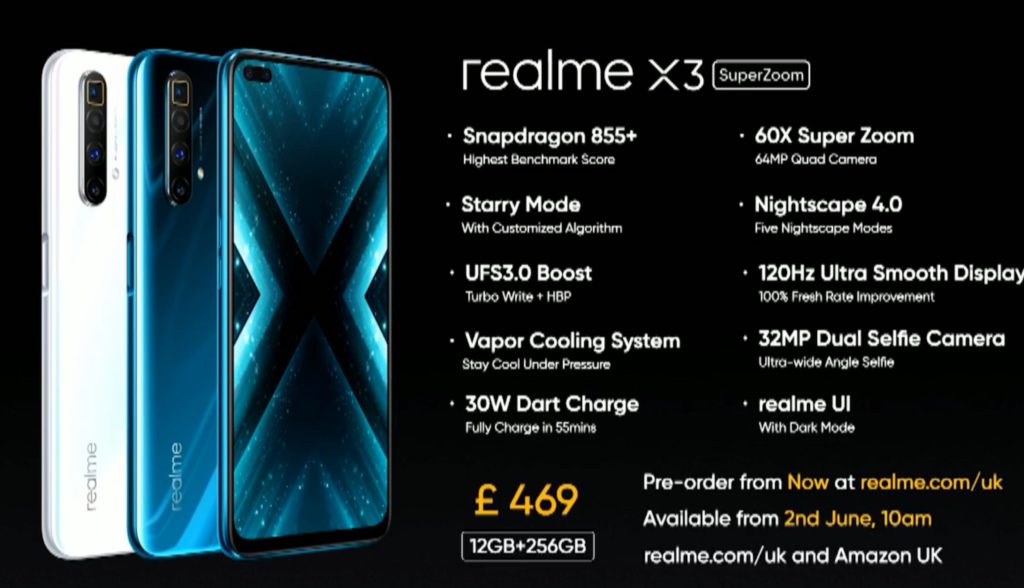
The Realme X3 Superzoom sits in a relatively unique position of not have much like for like competition. This is especially true because I don’t know the exact price yet, but there are also very few periscope zoom camera phones on the market. I will assume it is €499 as rumoured
The budget SD865 options are a worthy alternative, both the Realme X50 Pro or just Poco F2 Pro/Redmi K30 Pro. The Poco F2 Pro starts at the same price as this, it lacks a zoom lens, and only has a 90Hz display the AMOLED display and SD865 certainly make up for it.
If the superzoom camera capabilities are what is appealing to you, again, dependant on price, the Huawei P30 Pro or Oppo Reno 10x Zoom would make superb alternatives. They cost about £500, the chipset is slower in both phones, they don’t have a super-fast screen, but they are superb phones.
- Realme X2 Pro – £374/€419
- Pocofone F2 Pro/Redmi K30 Pro – £445/€499
- Realme X50 Pro – £534.99/€599
- Huawei P30 Pro – £509
Conclusions
Price dependant this is either going to be another superb option from Realme or just a decent all-round phone.
Not much has changed since the X2 Pro so you will have to decide how much you think a periscope lens is worth over the previous 13MP 2x zoom lens. I feel like the camera quality has improved since using the X2 Pro, so Realme has possibly improved the software processing. It can definitely take some great shots for the price.
The 5x zoom does give the X3 more versatility and Realme deserve credit for introducing this technology on more affordable phones. I have found the 5x zoom on the P30 Pro particularly good for holidays or when photoing wildlife you cant get close to, which unfortunately has not been possible recently.
I love the fact Realme has decided to continue using the SD855+, most people don’t need 5G yet, and the increased cost associated with it makes many current flagship phones unappealing. The SD855+ isn’t that far behind the SD865 in terms of performance but offers a significant cost saving.
You currently have the Realme X2 Pro sitting at 419-Euros/£374 and the Realme X50 Pro at £569 so it makes sense if the phone is launched at €499, however, I feel that with the Poco being at the same price point it could make this a difficult sell.
Realme X3 Superzoom Review Rating
Summary
Another great phone from Realme with them now starting to put more emphasis on the camera.
Overall
85%-
Overall - 85%85%
I am James, a UK-based tech enthusiast and the Editor and Owner of Mighty Gadget, which I’ve proudly run since 2007. Passionate about all things technology, my expertise spans from computers and networking to mobile, wearables, and smart home devices.
As a fitness fanatic who loves running and cycling, I also have a keen interest in fitness-related technology, and I take every opportunity to cover this niche on my blog. My diverse interests allow me to bring a unique perspective to tech blogging, merging lifestyle, fitness, and the latest tech trends.
In my academic pursuits, I earned a BSc in Information Systems Design from UCLAN, before advancing my learning with a Master’s Degree in Computing. This advanced study also included Cisco CCNA accreditation, further demonstrating my commitment to understanding and staying ahead of the technology curve.
I’m proud to share that Vuelio has consistently ranked Mighty Gadget as one of the top technology blogs in the UK. With my dedication to technology and drive to share my insights, I aim to continue providing my readers with engaging and informative content.

